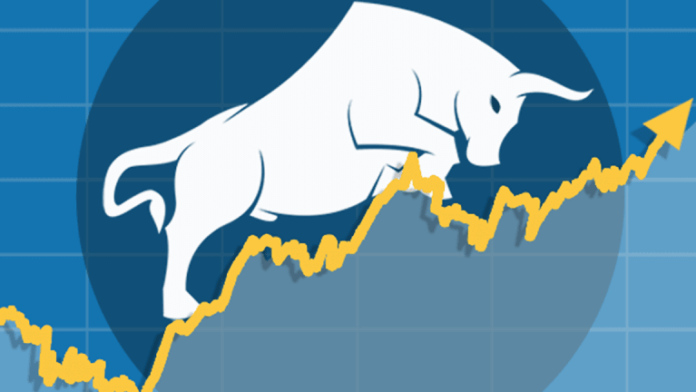A bull market is a market characterized by rising prices.
When a market, instrument, or sector is on an upward trend, it is generally referred to as a bull market.
Although the term bull market can be used loosely to refer to any strong market activity, it is often used in the financial markets when the price of an asset rises 20% or more from its previous low point.
Typically, a bull market arises when investors are optimistic about the future performance of an asset or the overall market indexes.
While a 20% increase in market prices is often regarded as the start of a bullish trend, most signs of an impending bull market are not that clear.
Traders use technical analysis to help them recognize bullish signals
A few examples of technical indicators include moving averages (MAs), the Moving Average Convergence Divergence (MACD), Stochastic, and the Relative Strength Index (RSI).
The opposite of a bull market is a bear market, which takes place when investors are feeling pessimistic.
Falling prices (bearish trend) create a negative market sentiment and as traders feel less confident, they tend to sell more and more, causing a further decrease in prices and often what is known as capitulation.
If this article seems useful to your then please click the like button below. You can also share your valuable feedback or ask questions in the below comment section. Also, subscribe to our newsletter for trading-related updates.







